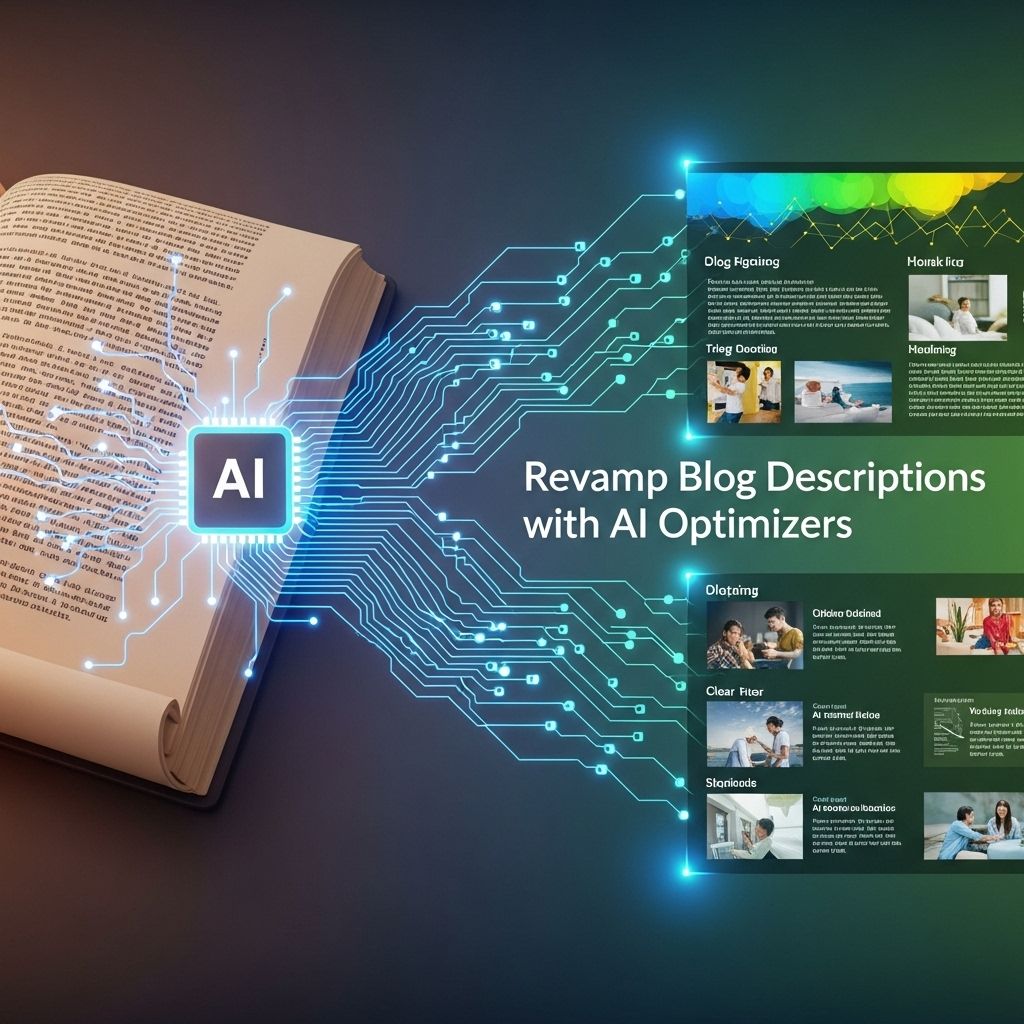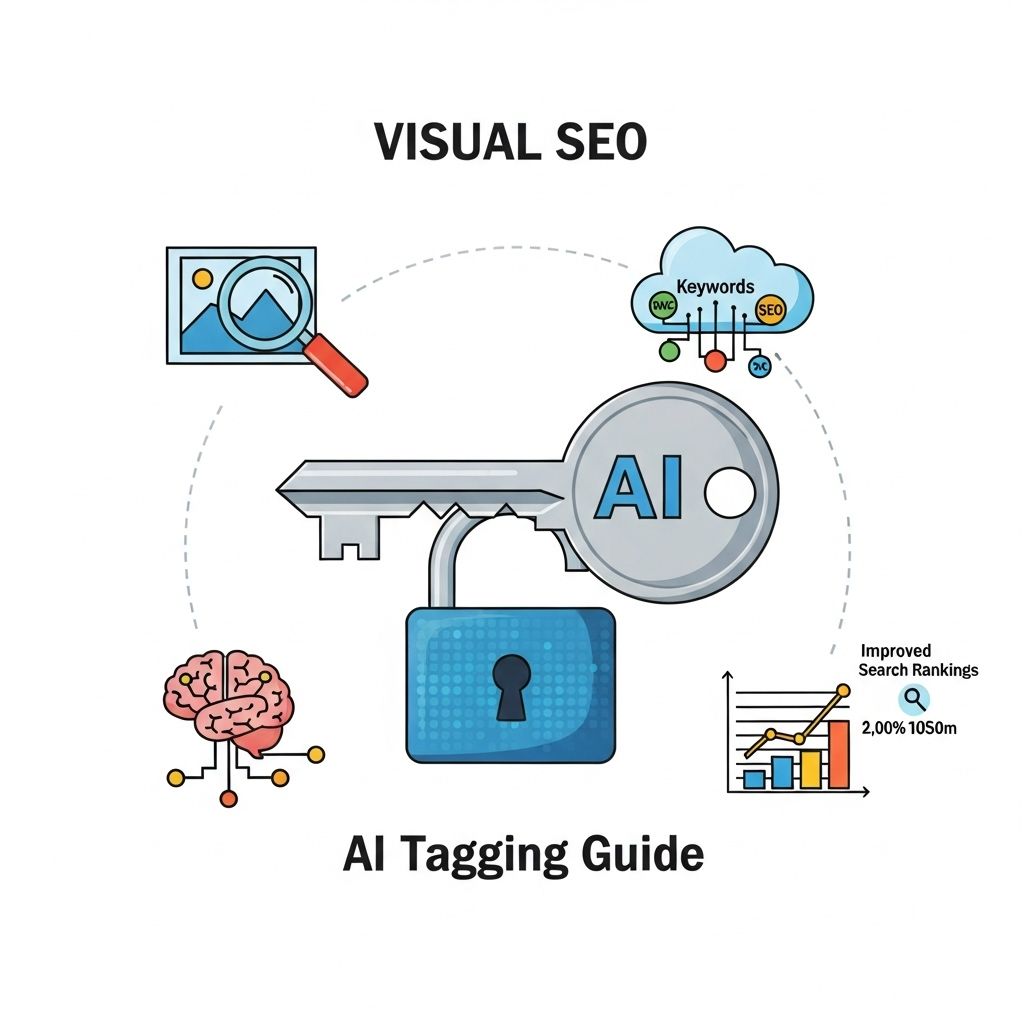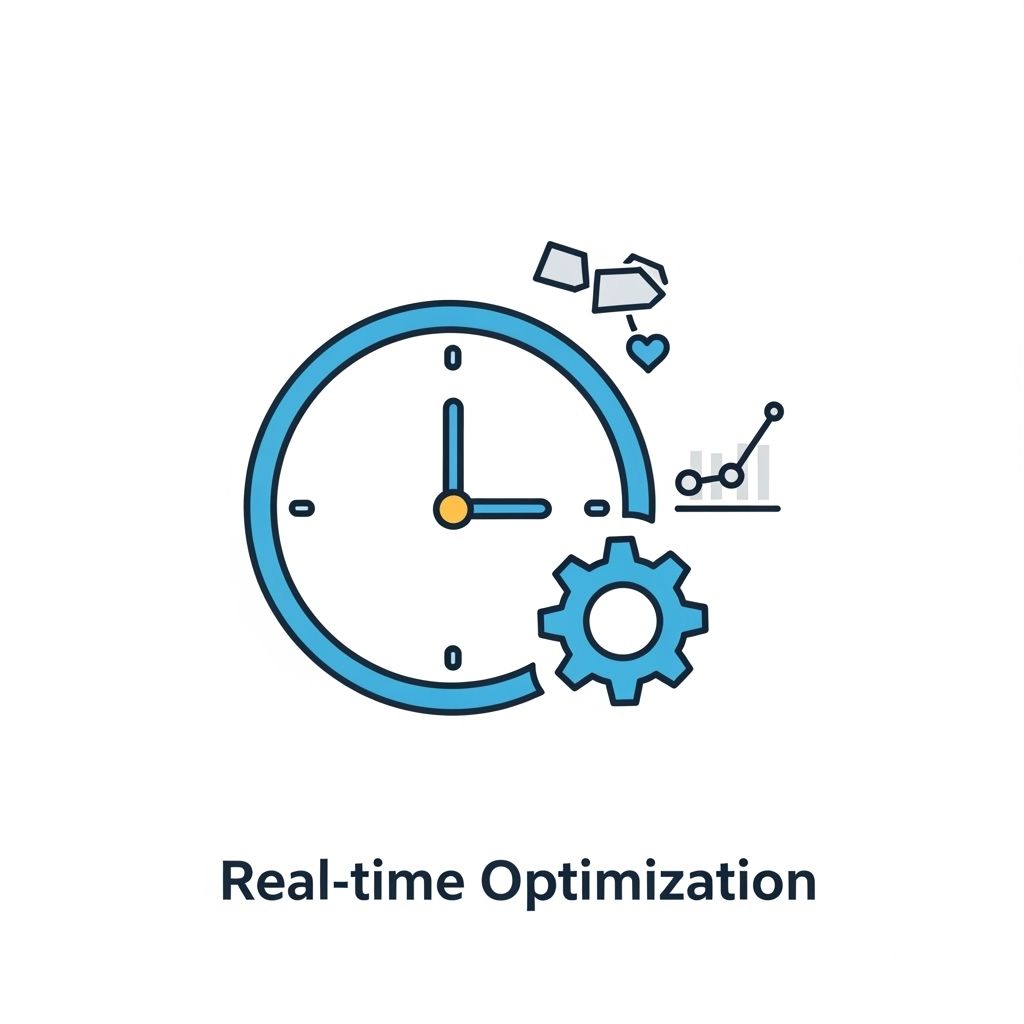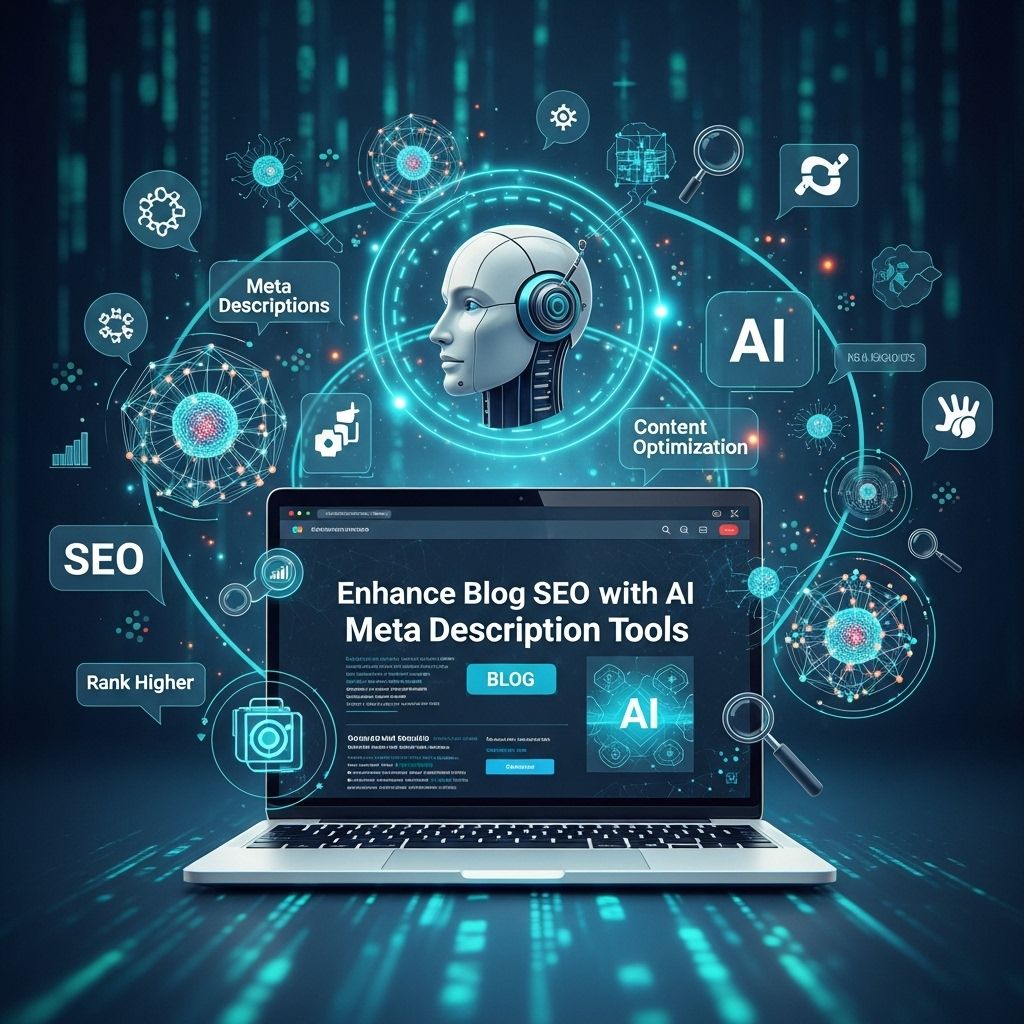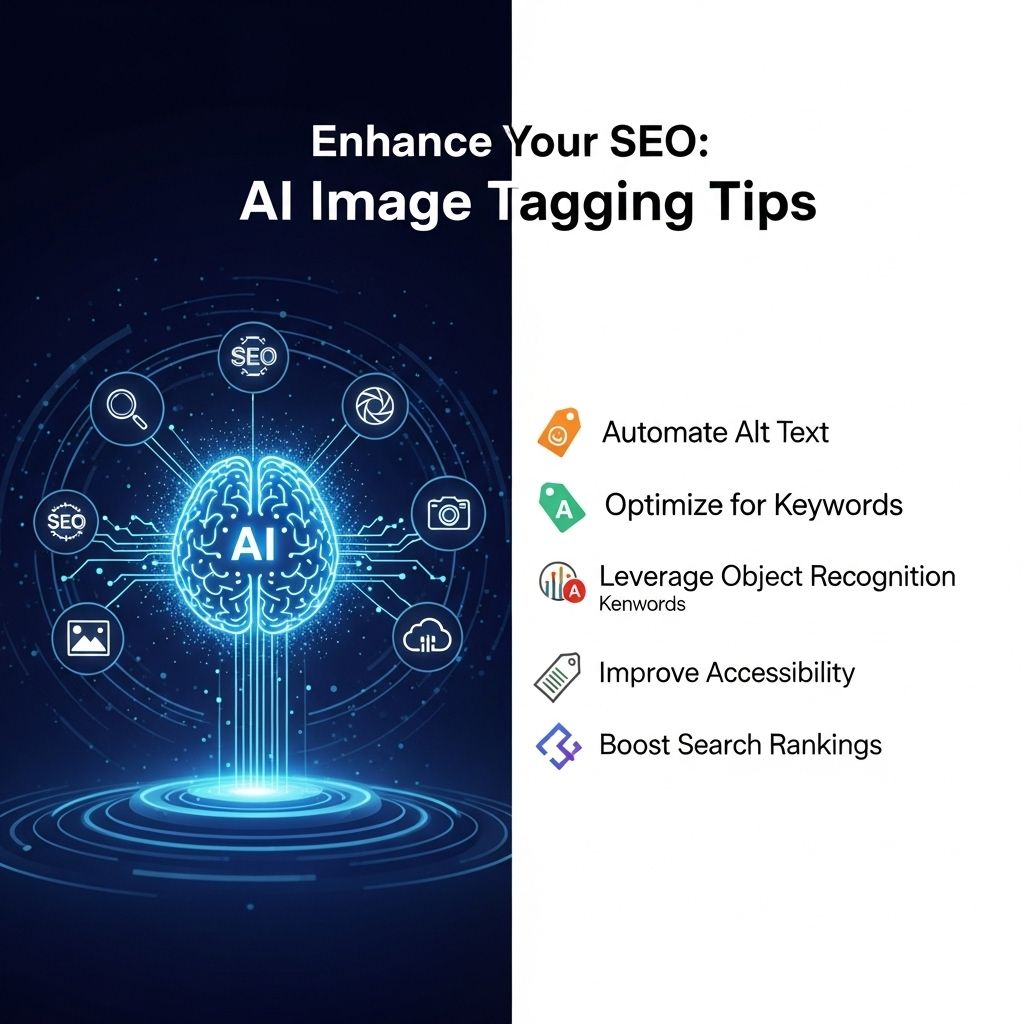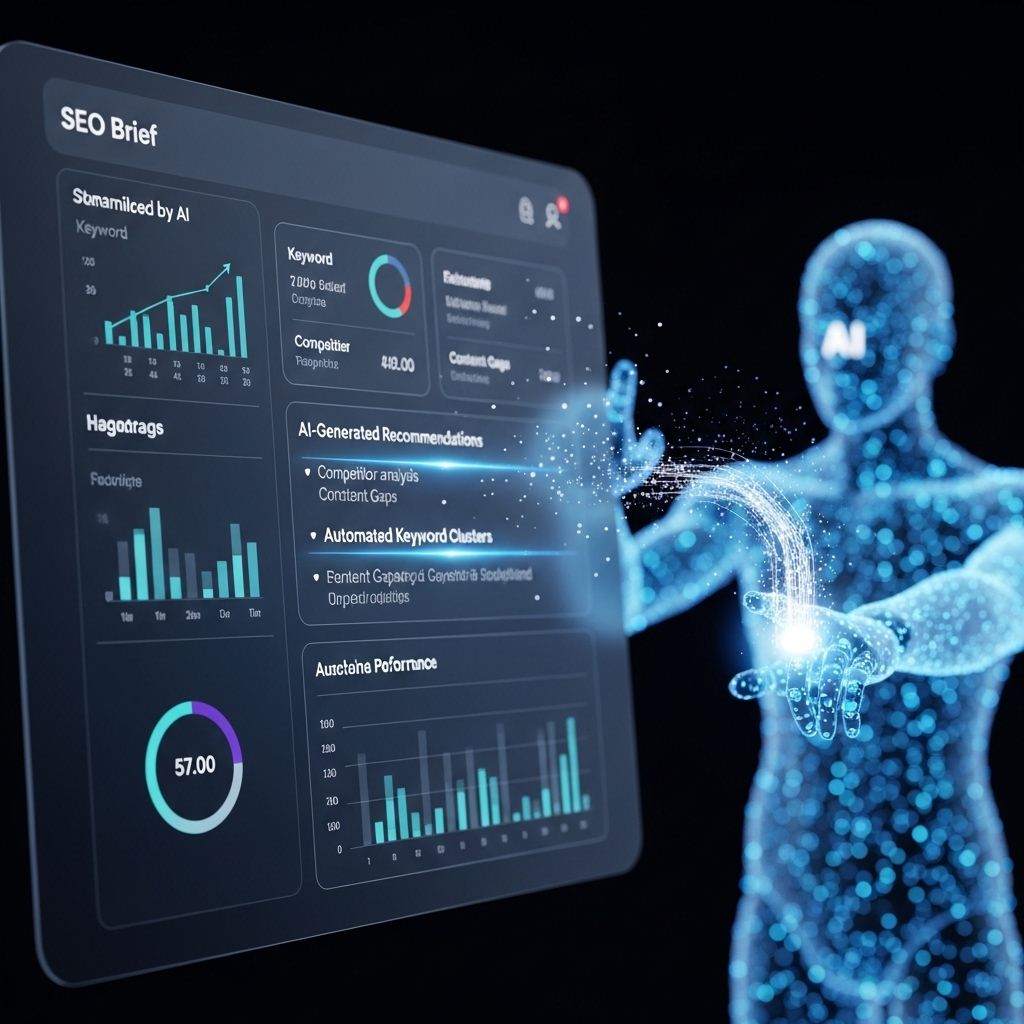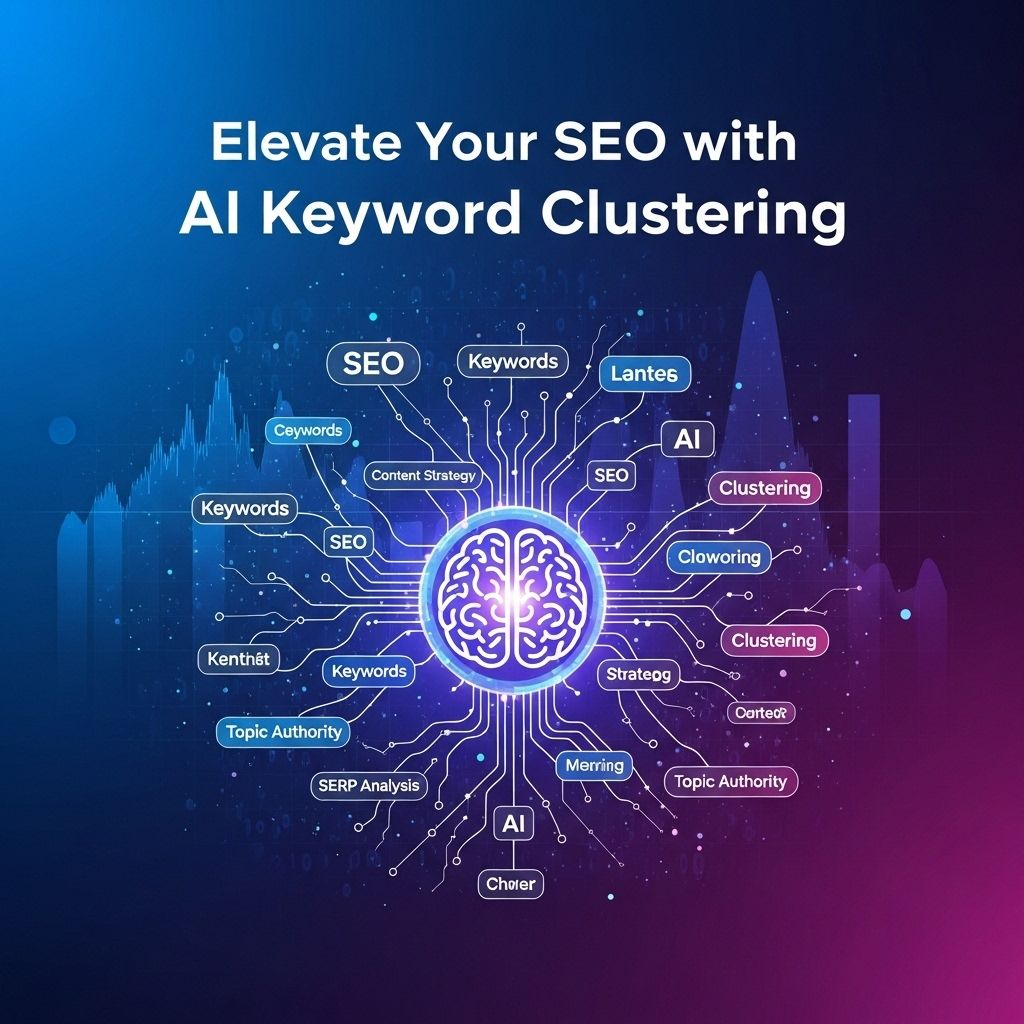Unlock Visual SEO Success with AI Image Tagging
Discover how AI image tagging can enhance your visual SEO strategy and drive traffic to your website efficiently.

In the fast-paced digital landscape, where user engagement is paramount, the integration of artificial intelligence (AI) in SEO practices has emerged as a game-changer. Among these advancements, AI image tagging stands out as a powerful tool for bolstering visual search optimization. As the consumption of visual content continues to rise, understanding how to harness AI for effective image tagging can unlock new realms of visibility, user engagement, and ultimately, success.
Table of Contents
The Importance of Visual Search
Visual search technology enables users to search for information based on images rather than traditional text queries. The rise of platforms like Pinterest and Google Lens has demonstrated a growing preference for visual content.
Benefits of Visual Search
- Enhanced User Experience: Users can initiate searches with images, making the process more intuitive.
- Increased Engagement: Visual content is often more engaging than text, leading to longer sessions and lower bounce rates.
- Higher Conversion Rates: Users are more likely to purchase when they can visualize products.
To remain competitive, businesses must implement effective strategies to optimize their images for visual search.
Understanding AI Image Tagging
AI image tagging involves the use of machine learning algorithms to analyze images and automatically assign relevant tags. This process goes beyond traditional keyword tagging by interpreting the content, context, and attributes of images.
How AI Image Tagging Works
The process of AI image tagging generally includes the following steps:
- Image Analysis: AI algorithms analyze visual elements, identifying objects, colors, and patterns.
- Contextual Understanding: The system interprets the context of an image, considering factors such as location and associated text.
- Tag Generation: Relevant tags are generated automatically, enhancing the image’s discoverability.
This technology is not only time-efficient but also enhances the accuracy of tagging, leading to better search outcomes.
Key Advantages of AI Image Tagging
Implementing AI image tagging provides several advantages for businesses and digital marketers:
- Scalability: AI can process vast amounts of images quickly, making it suitable for large inventories.
- Consistency: Automated tagging ensures uniformity across all images, minimizing human error.
- Better Insights: AI can provide valuable insights into user preferences and trends by analyzing tagged data.
AI Image Tagging Tools
Several tools and platforms can assist businesses in integrating AI image tagging into their workflows. Some noteworthy options include:
| Tool Name | Description | Key Features |
|---|---|---|
| Google Cloud Vision | A powerful image analysis tool that identifies objects and labels images. | OCR capabilities, landmark detection, logo detection |
| Amazon Rekognition | Provides image and video analysis for identifying objects, scenes, and faces. | Facial recognition, text detection, emotion analysis |
| Clarifai | An AI platform specializing in computer vision for tagging and categorizing images. | Pre-trained models, custom training, moderation tools |
Implementing AI Image Tagging in Your SEO Strategy
To leverage AI image tagging effectively, businesses must assimilate it into their overall SEO strategy. Here’s how:
1. Choose the Right Tools
Select an AI image tagging tool that aligns with your needs. Consider factors like accuracy, scalability, and integration capabilities.
2. Optimize Image Formats
Utilize formats that support high-quality images while ensuring fast loading times. Recommended formats include:
- JPEG for photographs
- PNG for graphics with transparency
- WebP for improved compression
3. Implement Alt Tags
Even with AI tagging, don’t overlook the importance of alt tags. They provide essential context to search engines, especially if the AI fails to tag an image accurately.
4. Monitor Performance
Regularly analyze image performance metrics using tools like Google Analytics or SEMrush. Look for:
- Traffic generated from image searches
- Engagement rates for visual content
- User feedback on image quality
Future Trends in AI Image Tagging
The field of AI image tagging is constantly evolving. Here are some anticipated trends to watch for:
1. Advancements in Deep Learning
Improvements in deep learning techniques will enhance the accuracy and speed of image tagging.
2. Greater Personalization
AI will enable more personalized experiences by offering tailored image search results based on user behavior.
3. Integration with Augmented Reality
As AR technology develops, AI image tagging will likely integrate with AR applications, offering immersive user experiences.
Conclusion
As visual content continues to dominate the digital landscape, implementing AI image tagging presents a significant opportunity for businesses to enhance their SEO strategies. By improving discoverability, increasing engagement, and providing actionable insights, AI image tagging can pave the way for visual SEO success. Embracing these technologies will not only keep businesses competitive but also foster innovative approaches to meet evolving consumer expectations.
FAQ
What is AI image tagging?
AI image tagging is the process of using artificial intelligence to automatically analyze and label images with relevant keywords and descriptions, improving their searchability and discoverability online.
How does AI image tagging improve SEO?
AI image tagging enhances SEO by providing search engines with accurate and relevant metadata for images, leading to better indexing, increased visibility in image search results, and improved overall website rankings.
What are the benefits of using AI for image tagging?
Using AI for image tagging streamlines the tagging process, reduces manual effort, ensures consistency in tags, and can identify complex patterns or themes within images that may be missed by human taggers.
Can AI image tagging help e-commerce websites?
Yes, AI image tagging can significantly benefit e-commerce websites by accurately describing products, making them easier for potential customers to find through search engines, and enhancing the user experience.
Is AI image tagging suitable for all types of businesses?
AI image tagging is suitable for various types of businesses, including e-commerce, blogs, and portfolios, as it helps all companies improve their online visibility and optimize their content for search engines.
How can I implement AI image tagging for my website?
To implement AI image tagging, you can use various AI-powered tools and software that integrate with your website to automatically analyze and tag images based on their content, making SEO management easier.

